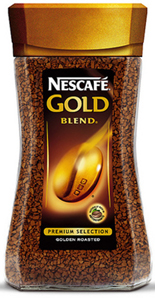Nestle to make more user-friendly packaging


Prying open a new jar of jam or any other food can be a maddening experience. But if you suffer from a physical limitation, such as arthritis in your hands, it can be impossible.
In an effort to make its packaging easier for consumers of all ages and abilities to access, Nestle is working to integrate "inclusive design," and a companion toolkit developed at the University of Cambridge in the United Kingdom, to redesign some into its food and beverage packaging systems.
The toolkit includes software and devises that packaging designers can use to estimate and experience the limitations that current packaging systems present to many consumers -- especially the aged. For example, special glasses simulate limited vision so that designers can better understand how hard it can be to read labels.
As Reena Jana learned in talking toSabi, a start-up that is designing hip, ergonomic and easy-to-use wellness and health-related gadgets, designing with baby boomers in mind is a growing concern.
And this isn't the first time Nestle has started to consider its aging consumer base. Last year, Nestle Australia used a special pair of gloves designed by researchers at the Georgia Tech Research Institute in Atlanta to help it understand how arthritis can limit is consumers abilities to open packaging.
Nestle packaging experts used the gloves on five of the company’s most popular products to simulate the way the debilitating disease restricts an arthritis sufferer’s movement and strength. Nestle Australia then partnered and Arthritis Australia to help manufacturers design packaging that is accessible to people living with arthritis.
Images: © Nestlé
This post was originally published on Smartplanet.com